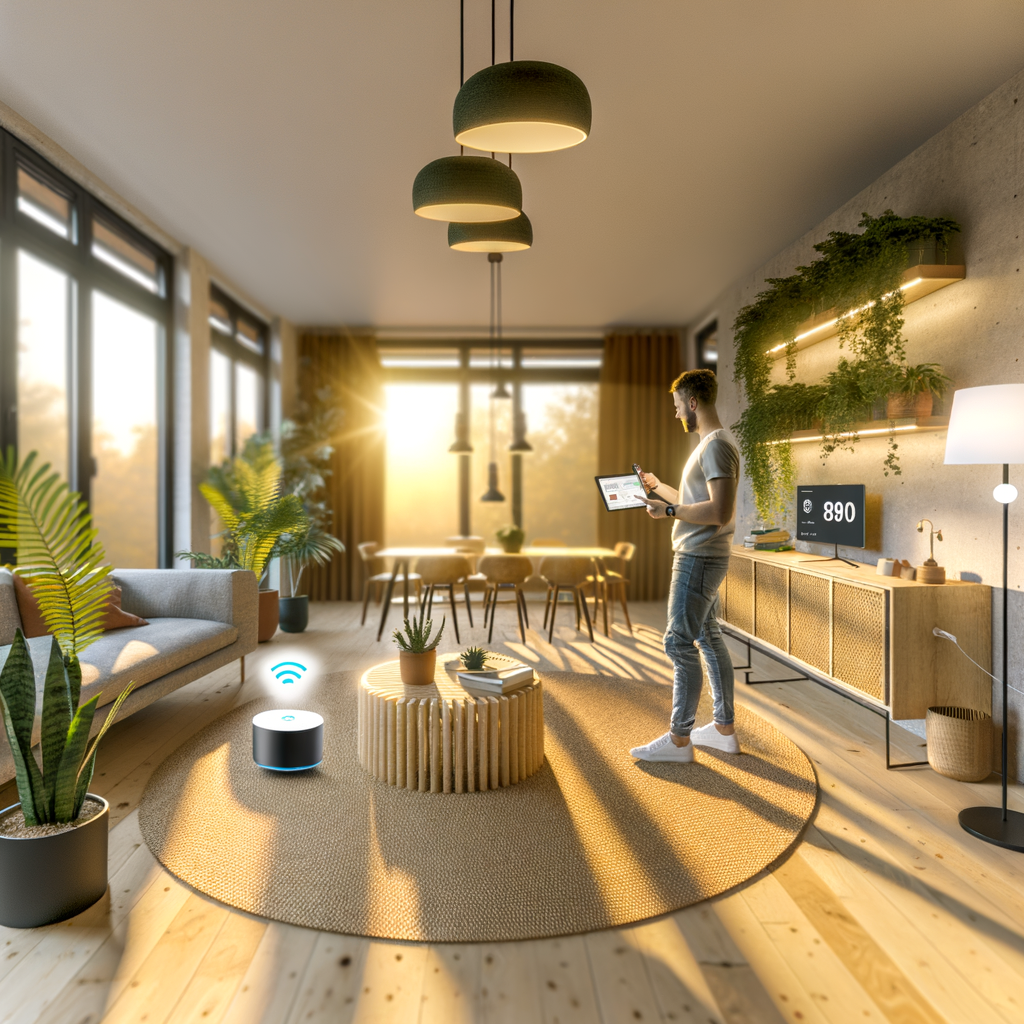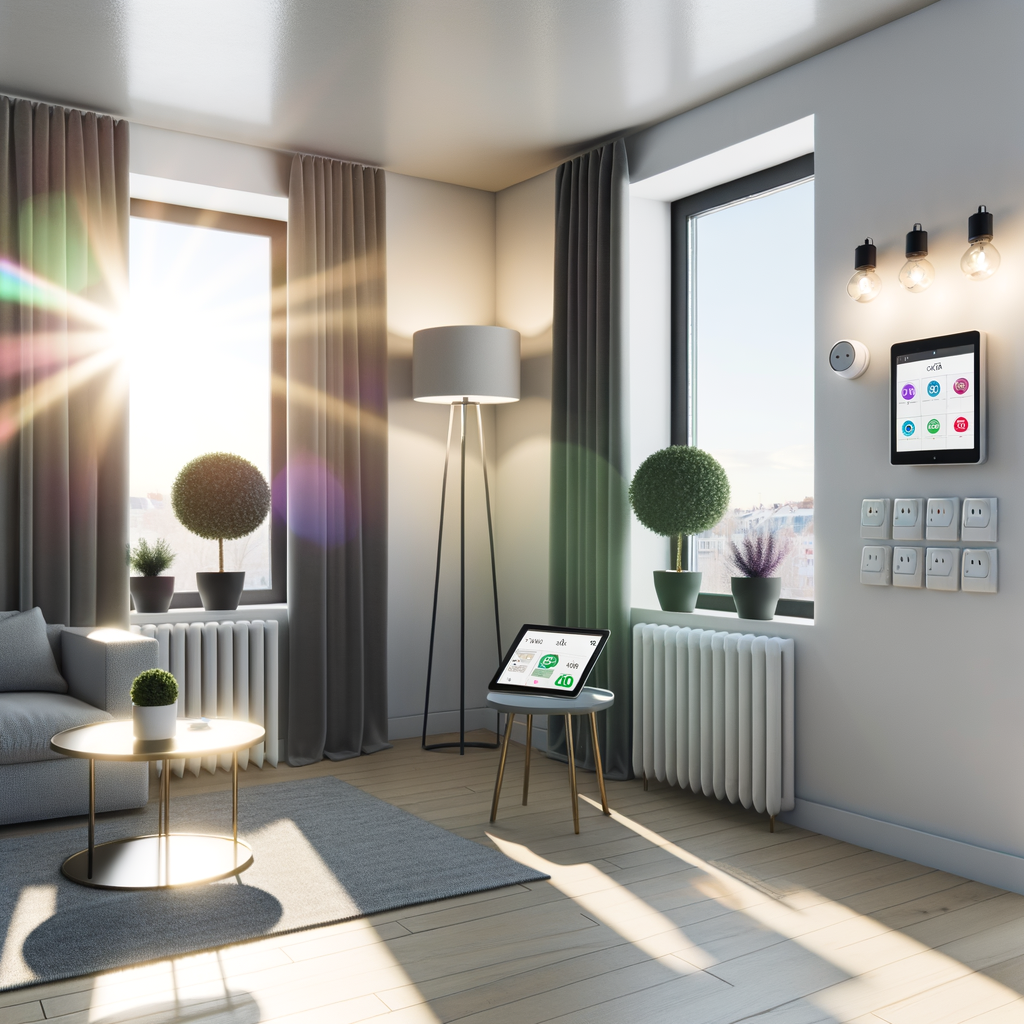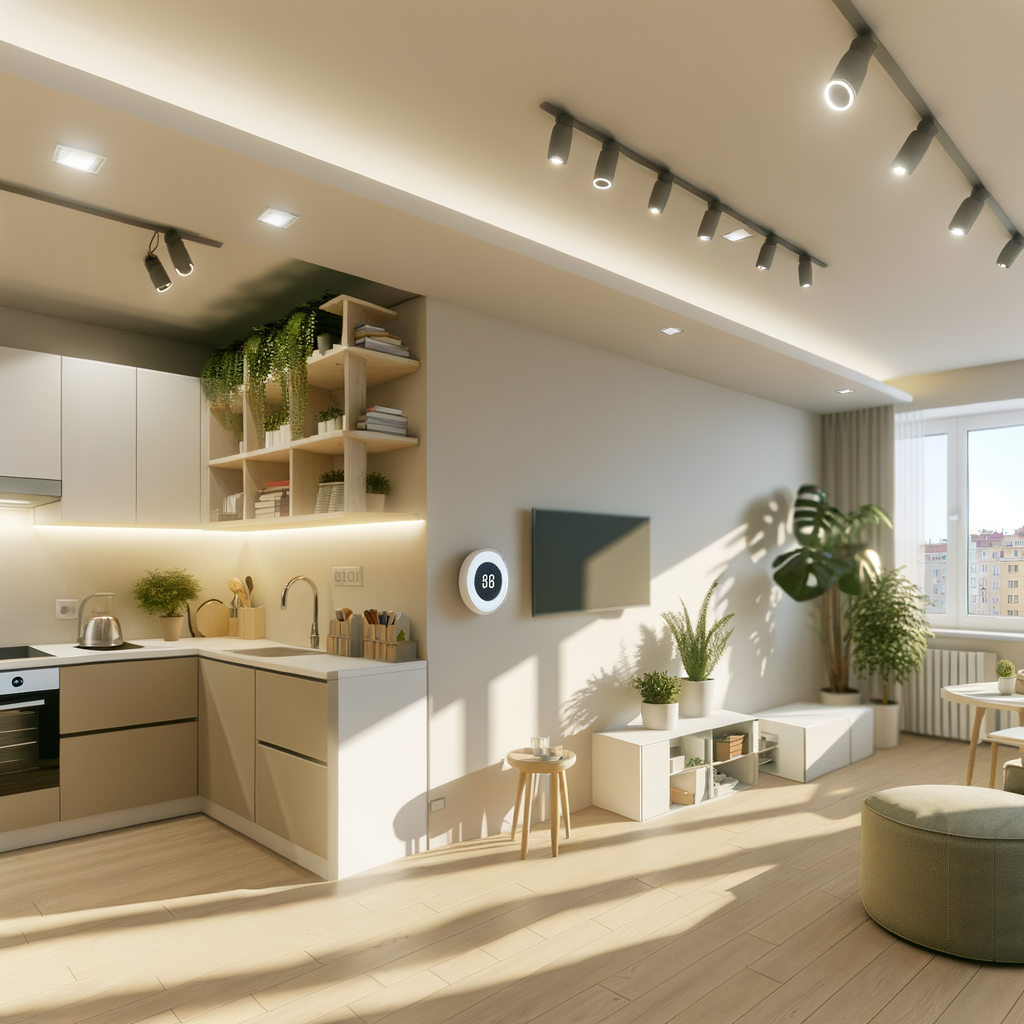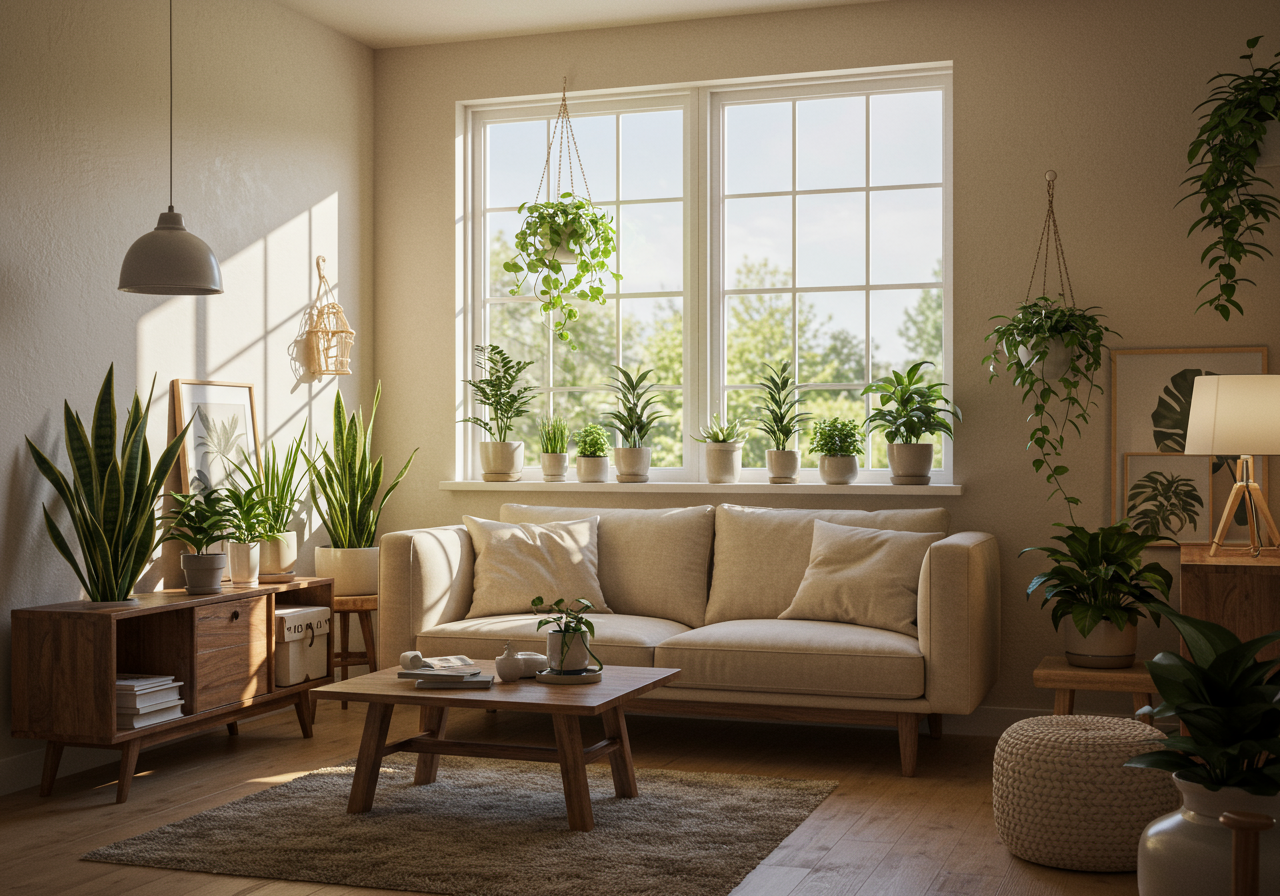Busting the 5 Biggest Myths About Smart Home Tech for Eco-Conscious Renters
Smart home technology isn’t just for homeowners—it’s increasingly accessible, practical, and beneficial for renters who want to reduce their carbon footprint. Yet, myths and misconceptions keep many eco-conscious tenants from embracing smart tech. Let’s debunk the five biggest myths about smart home devices for renters, reveal the real benefits, and share actionable tips to create a greener, smarter living space—without breaking your lease or the bank.
Myth #1: “Smart Devices Aren’t Worthwhile for Renters”
The most pervasive myth is that smart home upgrades only make sense if you own your home. Eco-conscious renters often hesitate, thinking any investment is “wasted” or too permanent. Here’s the truth:
Why This Myth Persists
- Worries that devices can’t be removed or transferred at move-out
- Assumption you’re not allowed to upgrade “your” rental
- Concern about sizable upfront costs
The Reality
- Most Smart Devices Are Portable: Items like smart plugs, bulbs, and speakers simply plug in. You can unplug and take them with you—just like your air fryer or lamp.
- Easy Installation: No drilling or rewiring needed for dozens of renter-friendly devices. Set up takes minutes!
- Immediate Savings: Smart thermostats and bulbs start cutting energy bills and emissions as soon as they’re used, providing real payback—even during short leases.
Actionable Tips
- Choose products labeled as “renter-friendly” or “no-tools required.”
- Inform your landlord about non-permanent upgrades—many will appreciate your green efforts.
- Save original hardware and instructions to re-install fixtures or cover holes when moving out.
Myth #2: “Smart Home Devices Use More Energy, Not Less”
Some believe that adding technology means more “vampire” devices consuming power 24/7. While it’s true that every gadget requires energy, smart tech—when chosen wisely—cuts your overall consumption.
Why This Myth Persists
- Misinformation about standby (idle) energy use
- Outdated devices did draw more “phantom power” but modern versions are far more efficient
- Assumed complexity leads to fears of “tech bloat”
The Reality
- Automated Energy Savings: Smart thermostats reduce heating/cooling bills by up to 15%, learning your schedule and optimizing energy use.
- Remote Control: Turn off lights, appliances, or even A/C units when you leave—no more wasted energy from forgetfulness.
- Usage Tracking: Smart plugs and devices help you identify—and eliminate—power hogs with instant energy reports.
- LED Bulbs: Most smart bulbs are long-life LEDs that use 70-80% less energy than incandescents.
Actionable Tips
- Look for Energy Star or low standby power ratings.
- Schedule devices to automatically power down when not in use.
- Combine smart plugs with energy-hungry electronics to cut their “phantom” consumption entirely.
Myth #3: “You Need to Be Tech-Savvy (Or Have a Smartphone) to Benefit”
If you’re not a tech guru or don’t want to rely solely on your phone, you might assume smart home devices are too complicated. That’s no longer the case.
Why This Myth Persists
- Confusing early app setups and interfaces
- Perceived “tech wall”—barriers to entry for non-experts
- Belief that voice assistants and automation require advanced skills
The Reality
- User-Friendly Setup: The latest smart devices feature app-guided installation, easy pairing via QR code, or even Bluetooth auto-detection.
- No Smartphone? No Problem! Many smart products come with physical remotes, wall switches, or web access—no phone required.
- Voice Control Simplifies Everything: Pair with Alexa, Google Assistant, or Siri for effortless, hands-free operation—no coding or tinkering necessary.
- Preset Modes: “Eco,” “Home,” and “Away” settings make it simple to save with one tap or word.
Actionable Tips
- Check for products that advertise “no hub required” for fast, easy setup.
- Choose brands with accessible customer service and robust tutorials—Philips Hue and TP-Link are both very user-friendly.
- Opt for devices compatible with your preferred smart assistant for seamless voice control.
Myth #4: “Smart Tech Is Expensive And Not Worth the Investment for Renters”
Expense is a major concern for renters, especially when the payback might go to a future tenant. However, this myth ignores new cost-effective options, real-dollar savings, and the environmental return on investment.
Why This Myth Persists
- Early smart home tech came with hefty price tags
- Costs of entire “ecosystems” (hubs, sensors, controllers) seemed overwhelming
- Assumption that landlords should be responsible for energy efficiency upgrades
The Reality
- Affordable Entry Points: Starter devices like smart plugs, switches, and bulbs cost less than a meal out and offer instant returns.
- Lower Utility Bills: Automated lighting, heating, and appliance use can trim $50-$150 per year, quickly paying back the initial expense.
- Bundled Starter Kits: Smart home bundles provide a suite of eco-friendly upgrades at a fraction of the à la carte price.
- Lower Environmental Cost: Less energy wasted = lower household emissions. Every small change adds up.
Actionable Tips
- Start with just one or two devices—like a smart thermostat or light switch—to test the benefits before expanding.
- Seek out rebates from your local utility for energy-saving upgrades—many now include smart devices!
- Focus your budget on high-impact areas (heating, cooling, major appliances) for the best ROI.
Myth #5: “Renters Can’t Change Hardware—So Smart Upgrades Are Off Limits”
Landlords are often leery of permanent changes. Yet, “smart” doesn’t have to mean “semi-permanent.” There are plenty of high-impact, completely non-invasive ways to make a rental smarter and greener.
Why This Myth Persists
- Confusing thermostats or door lock installation with all smart home upgrades
- Misinformation about lease agreements prohibiting all modifications
- Fear of security deposit loss due to damage
The Reality
- No-Tools Solutions: Many smart devices (lights, plugs, motion sensors) don’t require any drilling or rewiring—just plug and play.
- Adhesive or Magnetic Mounting: For smart sensors, remotes, or switches, removable adhesives won’t damage walls or trim.
- Smart Thermostats for Rentals: Some models install over existing thermostats or plug into wall sockets—no need to rewire or replace anything behind the wall. Always consult your landlord for permission, or choose portable units.
- Keep All Original Parts: When in doubt, save mounting hardware and instructions for simple reversal at move-out.
Actionable Tips
- Use smart light bulbs and plugs with existing fixtures—no need to mess with wiring.
- Look for “DIY installation” or “apartment-friendly” features when purchasing smart gear.
- Document the original condition before upgrades and restore before moving out.
Beyond the Myths: Building Your Eco-Friendly Smart Rental
Debunking these common myths shows that renters can—and should—embrace smart home tech as part




